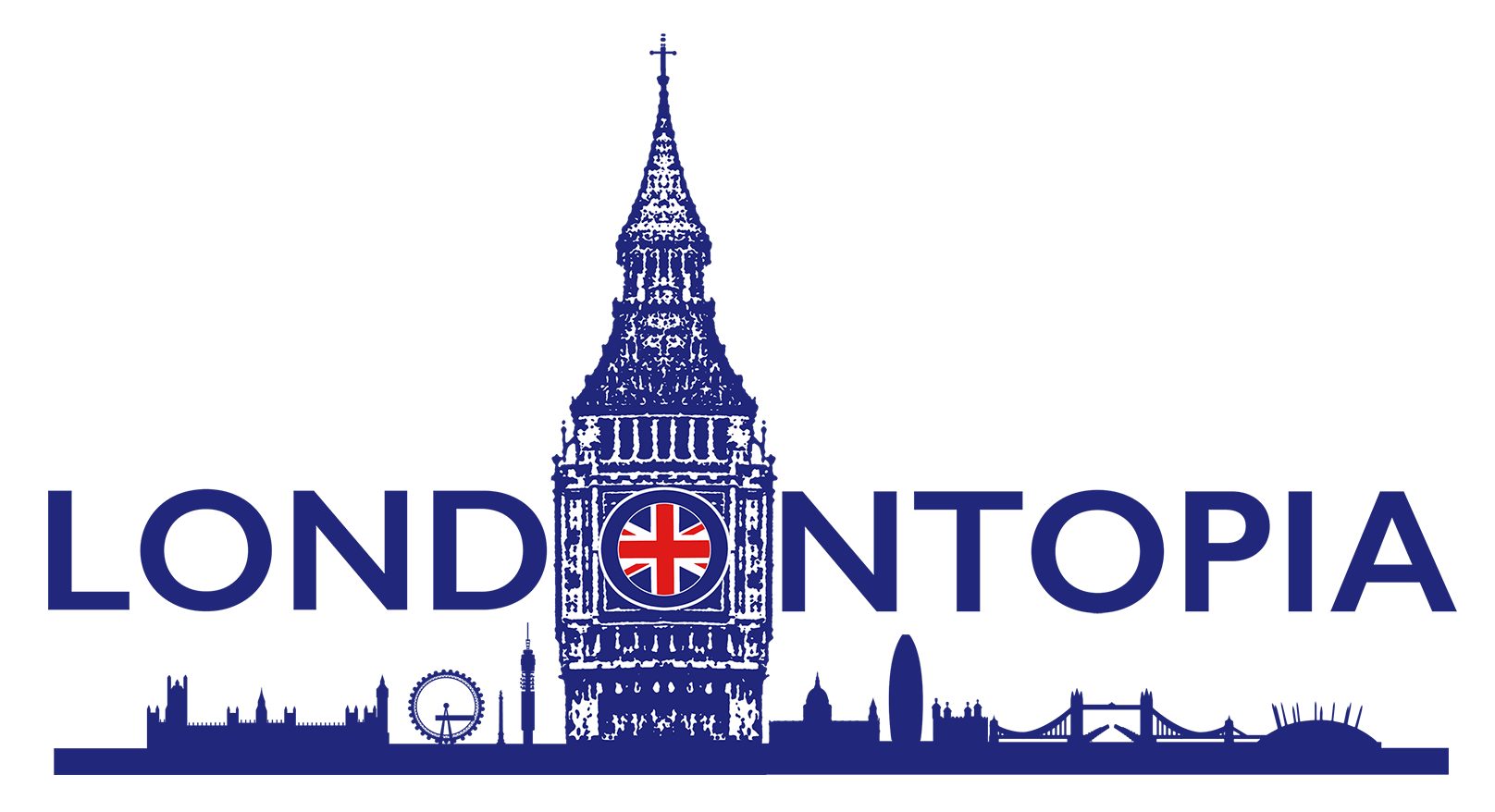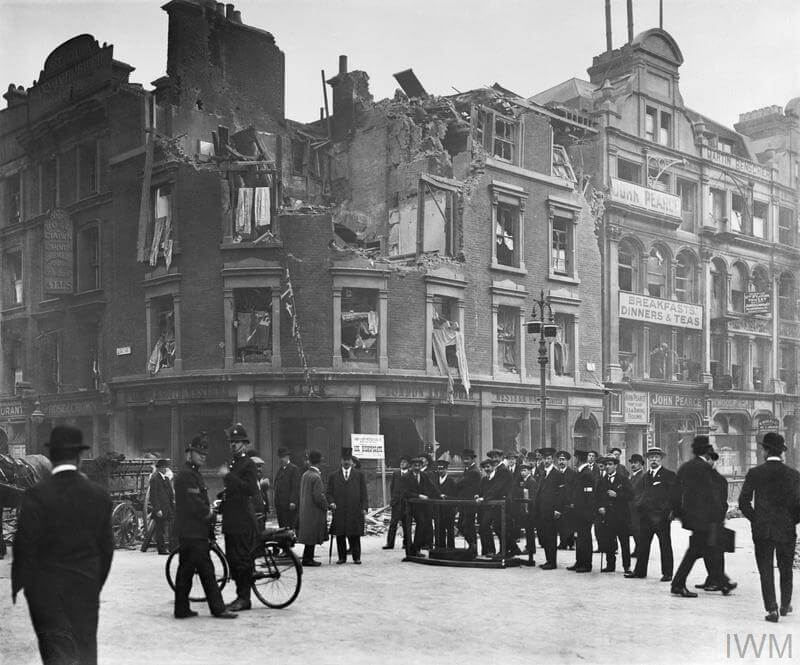When Londoners looked up at their night sky in 1915, they saw something both awe-inspiring and terrifying – massive German Zeppelins, floating silently above their city like giant silver cigars, ready to rain down bombs on the streets below. For the first time in history, war had come directly to London’s civilians through the air.
The first Zeppelin raid on London occurred on May 31, 1915, when the LZ-38 appeared over the city just before midnight. The sight must have been extraordinary – these airships were over 500 feet long, larger than many ocean liners of the time. To make matters worse, London was completely unprepared. The city still had gas streetlights that couldn’t be quickly extinguished, making it an easy target on dark nights.
The raids brought unprecedented chaos to London’s streets. When air raid warnings sounded (often too late), people would crowd into Underground stations, basements, and makeshift shelters. Some refused to take cover, instead gathering in the streets to watch the spectacular, if deadly, show above. One observer noted that people treated the raids “more like a theater performance than a matter of life and death.”
London’s defenses were initially pathetic. Anti-aircraft guns were few and largely ineffective at the heights the Zeppelins flew. Early fighter planes struggled to reach the airships’ altitude, and even when they did, their ammunition often passed harmlessly through the hydrogen bags. The city tried using searchlights to spot the raiders, but this sometimes just made it easier for the Germans to identify their targets.
The raids created some remarkable scenes. Londoners developed their own form of “Zeppelin spotting.” People would gather on rooftops (despite official warnings) to watch for the raiders, and there are accounts of impromptu parties being held in basements during air raids. Some enterprising souls even sold “Zeppelin insurance” to worried citizens.
Some fascinating details from the period survive. The Tower of London’s ravens were said to become agitated before raids, leading some to believe they could sense the approaching airships. Theaters began advertising their basement facilities as “bomb-proof,” and some restaurants offered special “Zeppelin menus” for customers forced to stay during raids.
The city gradually developed better defenses. A system of sound mirrors was built along the coast to detect approaching raiders. Streetlights were dimmed or covered, and new incendiary ammunition was developed that could ignite the hydrogen in the Zeppelins. By 1916, London had created the first integrated air defense system in history.
The turning point came on September 2, 1916, when the first Zeppelin was shot down over London in spectacular fashion. Lieutenant William Leefe Robinson attacked the SL-11 with incendiary ammunition, causing it to burst into flames and crash in Cuffley, north of London. The burning airship was visible across the city, and crowds cheered as it fell. Robinson became an instant hero and was awarded the Victoria Cross.
The human cost of the raids was significant. While the total death toll in London from Zeppelin raids was relatively low by later standards (around 200 people), the psychological impact was enormous. For the first time, civilians found themselves on the front line of war. Children were particularly affected – many developed what we’d now recognize as PTSD from the constant threat of raids.
Today, you can find reminders of the Zeppelin raids across London. There’s a memorial at Cuffley marking where the SL-11 crashed. The Imperial War Museum holds fragments of shot-down Zeppelins. And if you know where to look, you can still see shrapnel damage from Zeppelin bombs on some of London’s older buildings.
The raids changed London in lasting ways. They led to the first blackout regulations, the creation of an air defense system that would prove crucial in World War II, and a new understanding of civilian vulnerability in modern warfare. They also demonstrated London’s resilience – despite the terror from above, the city’s spirit remained unbroken.
Tragically, these raids were just a preview of what was to come. The Zeppelin threat eventually faded (replaced by bomber aircraft), but the lessons learned during these first air raids would prove invaluable during the Blitz of World War II. London had learned the hard way that the sky itself could become a battlefield, and civilians would never again feel completely safe from the reach of war.
Next time you’re in London on a dark night, look up at the sky and imagine those silent giants drifting overhead. The Zeppelin raids may have been London’s first experience of air warfare, but they helped forge the resilient spirit that would see the city through even darker days to come.
A Little Bit of London In Your Inbox Weekly. Sign-up for our free weekly London newsletter. Sent every Friday with the latest news from London!




